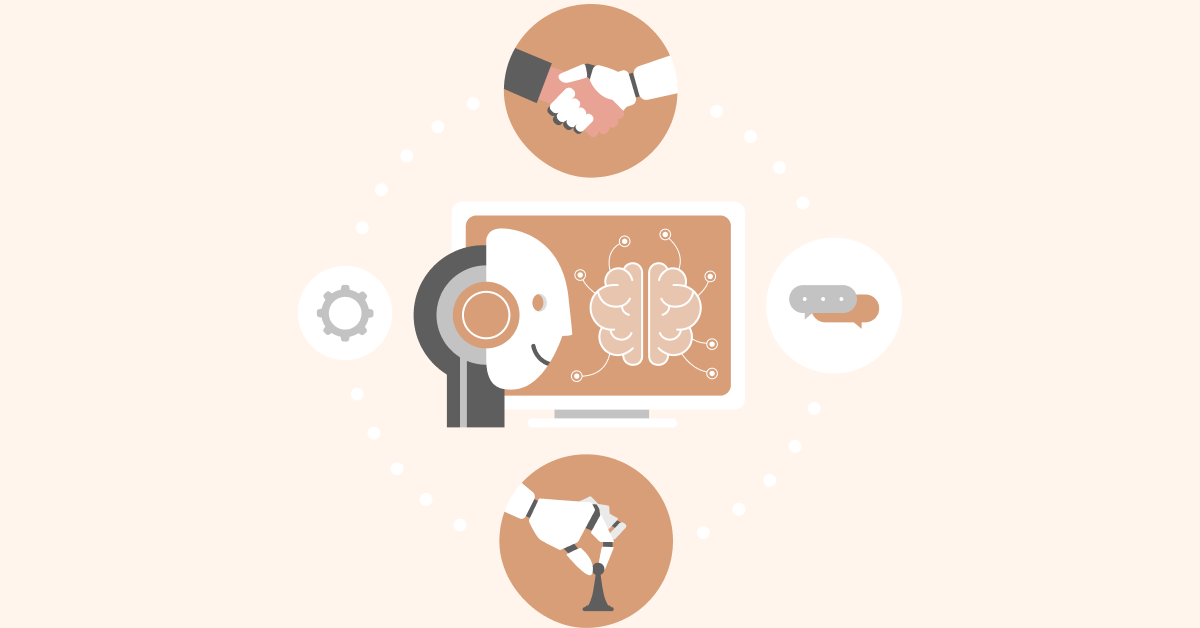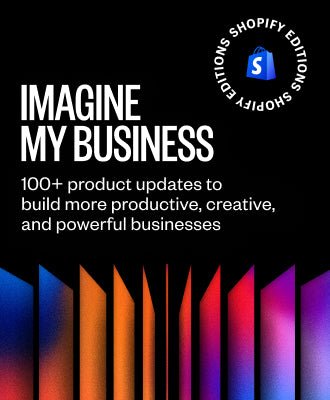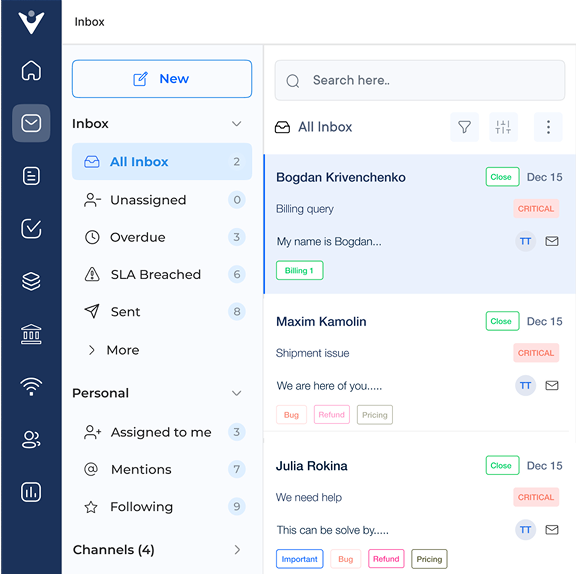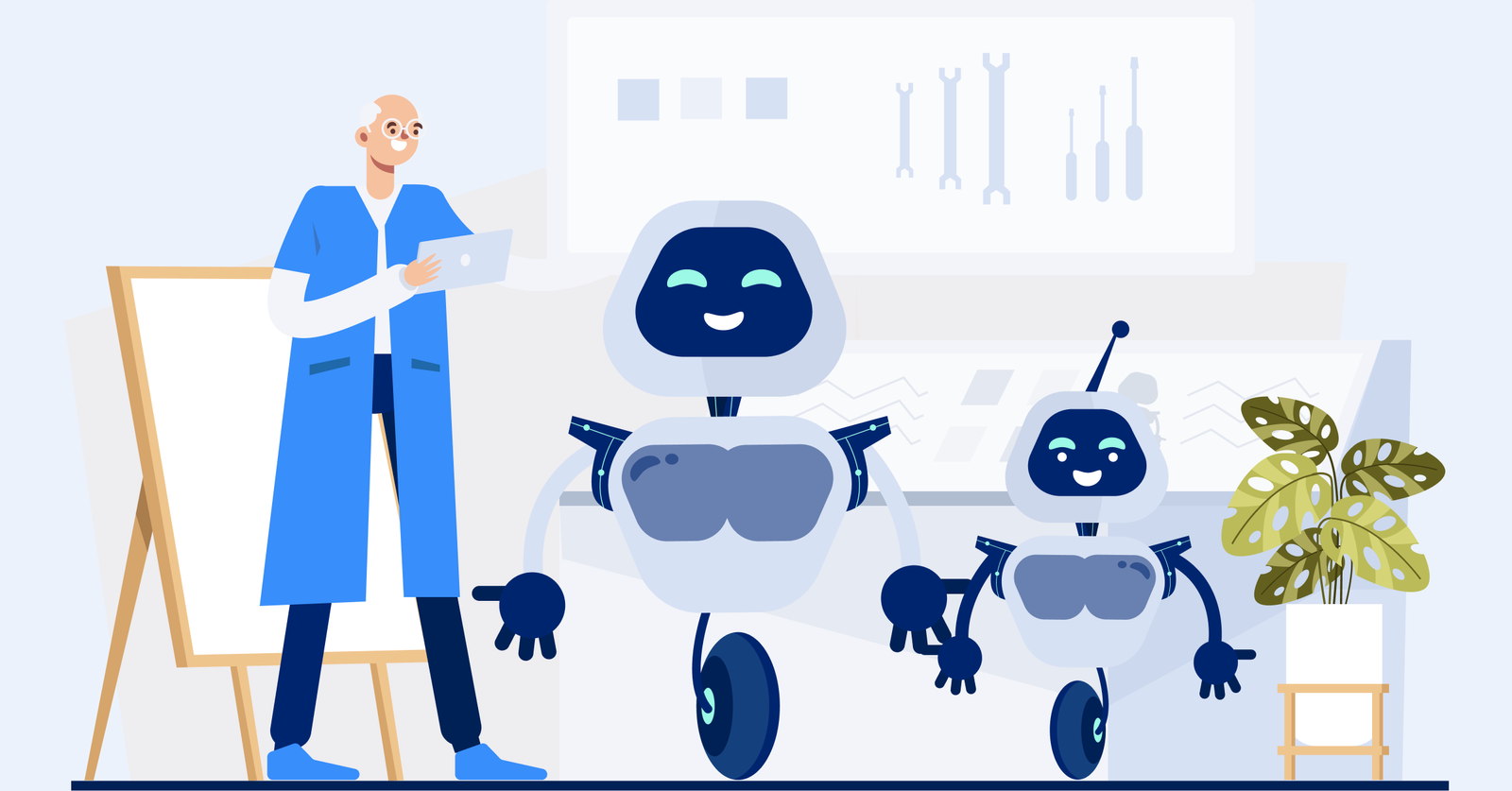1. Explicit Knowledge
Explicit knowledge is structured information that can be easily articulated and recorded in formats like documents, databases or manuals. The knowledge is readily accessible, allowing for seamless sharing and communication among individuals or organizations alike.
Examples:
- Employee handbooks: Documents provide clear, written guidelines on company policies, procedures and expectations, ensuring that all staff members are aligned.
- Financial reports: Quarterly or annual reports deliver clear insights into a company’s financial health, showcasing vital data on revenue and profit margins that drive strategic decision-making.
- Product specifications: Detailed documentation that highlights a product’s features, dimensions and technical specifications, serving as an essential reference for manufacturing teams
Explicit knowledge is the foundation of formal education and organizational learning, facilitating the smooth transfer of information across time. It enables the consistent application of best practices and standards, enhancing a shared understanding that ensures continuity in diverse fields. The knowledge is essential for driving effective collaboration and maintaining high-quality outcomes.
Applications:
- Training and development: Companies harness explicit knowledge through manuals and online courses to onboard new employees, creating a uniform foundation of knowledge throughout the organization. The approach not only streamlines training but also cultivates a culture of continuous learning and excellence.
- Knowledge management systems: Organizations leverage databases to house and share explicit knowledge, making critical information easily accessible. The approach enhances collaboration and empowers teams to harness valuable insights at their fingertips.
2. Implicit Knowledge
Implicit knowledge refers to insights and understanding that aren’t explicitly stated but can be inferred from people’s actions or comments. It’s the kind of knowledge that individuals may hold subconsciously or struggle to articulate fully. Implicit knowledge plays a vital role in connecting the dots between explicit information and tacit understanding, enriching our comprehension of various situations.
Examples:
- Customer service techniques: Experienced representatives often master effective strategies for dealing with challenging customers, yet the insights often remain unwritten and unshared.
- Project management skills: Experienced managers instinctively know how to allocate resources and manage timelines effectively, drawing from their wealth of past experiences.
- Sales strategies: Top salespeople intuitively read customer cues and adapt their pitches on the fly, enhancing their chances of success.
Implicit knowledge is key to boosting performance and decision-making. It enables individuals to navigate familiar situations effortlessly. Organizations can unlock enhanced problem-solving by recognizing and harnessing the knowledge.
Applications:
- Mentorship programs: Experienced professionals can share their implicit knowledge with newcomers through observation and hands-on guidance, helping mentees intuitively grasp complex processes.
- User experience design: Designers tap into their implicit knowledge of user behavior to craft intuitive interfaces, anticipating needs and preferences without needing explicit guidance.
3. Tacit Knowledge
Tacit knowledge is personal and context-driven, encompassing intuition, insights or expertise gained from experience. Often referred to as “know-how,” it’s challenging to articulate and transfer through traditional communication.
Examples:
- Leadership intuition: Effective leaders often rely on a “gut feeling” for strategic decisions, drawing from years of experience that’s difficult to put into words.
- Craft skills: Master artisans in luxury goods and specialized manufacturing possess skills that are hard to capture in words, making their expertise uniquely invaluable.
- Cultural understanding: Employees adept at international business possess tacit knowledge of cultural nuances that can’t be easily documented, giving them a distinct advantage in building relationships.
Tacit knowledge is a powerful competitive advantage, embodying deep expertise that can drive groundbreaking innovations. Leveraging knowledge is essential to stay ahead for organizations in fast-paced industries.
Applications:
- Apprenticeship models: Apprenticeships facilitate the transfer of tacit knowledge through hands-on observation and practice in traditional trades, enabling novices to master complex skills over time.
- Innovation workshops: Companies harness tacit knowledge through brainstorming sessions or collaborative projects, sparking creative solutions and driving innovative product development.
4. Procedural knowledge
Procedural knowledge is all about knowing how to perform specific tasks and processes. It’s the practical know-how gained through repetition that enables individuals to execute actions almost instinctively.
Examples:
- Software development methodologies: Mastering Agile or Scrum practices empowers development teams to enhance collaboration and adaptability, streamlining workflows.
- Quality control processes: Grasping the essential steps and quality checks in manufacturing ensures products meet standards, boosting customer satisfaction.
- Customer onboarding procedures: Mastering the step-by-step process for seamlessly onboarding new clients ensures a smooth transition and enhances their experience with your services.
Procedural knowledge is vital for efficiency and skill mastery, enabling individuals to execute tasks effortlessly. It boosts productivity and enhances the quality of output in professional environments, allowing for greater focus on strategic thinking.
Applications:
- Standard operating procedures (SOPs): Companies create and document Standard Operating Procedures (SOPs) to capture procedural knowledge, ensuring consistent execution of critical tasks across teams and locations.
- Workflow automation: Organizations leverage procedural knowledge to design automated systems that streamline repetitive tasks, boosting efficiency and minimizing human error.
5. Conditional Knowledge
Conditional knowledge is knowing when and why to apply specific procedures or strategies. It empowers individuals to recognize the right context for their skills, guiding effective decision-making.
Examples:
- Crisis management: Recognizing when to deploy various crisis response strategies tailored to the specific nature and severity of the situation.
- Market entry decisions: Grasping the key conditions for entering new markets or launching products, informed by economic trends and competitive dynamics.
- Performance management: Identifying the right management style (coaching or disciplinary action) based on employee performance and specific situations.
Conditional knowledge is vital for adept problem-solving and adaptability. It empowers individuals to tackle complex situations by applying the right insights when needed, often setting experts apart from novices.
Use cases:
- First responders leverage conditional knowledge to swiftly assess situations and choose the best course of action, a critical skill for saving lives in urgent moments.
- AI systems utilize conditional knowledge to make context-aware decisions, enabling autonomous vehicles to adapt seamlessly to shifting traffic conditions.
6. A Posteriori Knowledge
A posteriori knowledge is gained through experience and empirical evidence, essentially what we learn from observation or experimentation. The knowledge underpins scientific inquiry and drives research forward.
Examples:
- Customer preferences: Insights into target market preferences derived from market research and sales data analysis.
- Product performance: Knowledge of a product’s durability gained from customer feedback and long-term usage data.
- Employee productivity factors: Understanding what drives employee motivation and enhances performance, based on observations or performance metrics.
A posteriori knowledge is crucial for scientific advancement, enabling us to test hypotheses, refine theories and make evidence-based decisions. The knowledge underpins fields that depend on empirical data and real-world insights.
Applications:
- Data-driven marketing: Companies leverage A/B testing and customer behavior analysis to gather a posteriori knowledge, revealing effective marketing strategies into customer preferences.
- Continuous improvement processes: Organizations establish feedback loops and performance monitoring systems to gather empirical data, driving continuous operational improvements.
7. A Priori Knowledge
A priori knowledge is information derived solely through reasoning and logic, independent of experience. Commonly linked to mathematics, logic and philosophy, it embodies truths we can grasp without empirical evidence.
Examples:
- Economic principles: Grasping fundamental economic concepts like supply and demand can be logically deduced without needing specific market data, showcasing the power of reason in understanding economics.
- Ethical standards: Understanding fundamental ethical principles that guide business conduct stems from moral reasoning, not just experience, highlighting the importance of integrity in decision-making.
- Mathematical models: Financial or operational models grounded in logical relationships and mathematical principles provide a framework for decision-making, independent of specific empirical data.
A priori knowledge forms the bedrock of rational thought and logical reasoning, enabling us to draw conclusions or craft arguments based solely on logic. It is essential in disciplines that depend on abstract reasoning and theoretical frameworks.
Applications:
- Business strategy formulation: Companies leverage a priori knowledge of market dynamics and competitive theory to craft strategic frameworks for entering new markets.
- Ethical decision-making frameworks: Organizations establish ethical guidelines rooted in a priori moral principles, ensuring consistent and principled decision-making across diverse business scenarios.
8. Contextual Knowledge
Contextual knowledge is the insight tied to specific situations, environments or cultural settings. It encompasses the nuances that shape how knowledge is interpreted and applied effectively.
Examples:
- Cultural nuances in international business: Grasping how business practices and communication styles differ across cultures enhances global interactions.
- Industry-specific regulations: Understanding how regulatory requirements impact business operations across different sectors and regions is crucial for compliance.
- Market conditions: Grasping how local economic factors, competition and consumer behavior interact in a specific market is key to crafting effective strategies.
Contextual knowledge is essential for effective communication and decision-making in diverse situations. It empowers individuals to adapt their behavior, making it invaluable in our globalized world.
Use case:
- Cross-cultural management: International businesses harness contextual knowledge to navigate cultural differences, tailor management styles and enhance cohesive global teams.
- User-centered design: Product designers leverage contextual knowledge of user environments and habits to craft solutions that seamlessly integrate into everyday life.
9. Institutional Knowledge
Institutional knowledge is the treasure trove of collective experiences, processes and insights built over time within an organization. It encompasses both formal and informal wisdom about workflows, key players or the unwritten rules shaping behavior.
Examples:
- Company culture: Grasping the unwritten rules, values and norms that influence how work gets done within an organization is key to navigating its culture effectively.
- Historical context: Insights into past successes, failures and pivotal decisions that have molded the company’s current strategy are essential for informed decision-making.
- Interdepartmental dynamics: Understanding how departments collaborate and influence decision-making processes is vital for enhancing effective teamwork.
Institutional knowledge is a powerful asset that boosts organizational efficiency and continuity. It preserves best practices, prevents past mistakes and sustains competitive advantage, making its retention essential during leadership transitions.
Applications:
- Onboarding programs: Companies create thorough onboarding processes that go beyond formal procedures, focusing on transferring vital institutional knowledge about company culture and unwritten norms.
- Knowledge retention strategies: Organizations use mentoring programs, documentation initiatives and exit interviews to capture valuable institutional knowledge, especially from long-term or departing employees.
10. Embedded Knowledge
Embedded knowledge is the essential information seamlessly integrated into processes, products and organizational culture. The knowledge is so deeply ingrained that it often goes unrecognized, making it challenging to articulate or separate from its context.
Examples:
- Product design: The expertise woven into a company’s product design showcases years of development and invaluable customer feedback, resulting in innovative features that elevate user experience.
- Organizational routines: Streamlined workflows and problem-solving strategies that have naturally evolved into best practices, often adopted without formal documentation, enhance efficiency.
- Corporate values in action: The unconscious embodiment of a company’s stated values in everyday decision-making and employee actions shapes its culture.
Embedded knowledge drives consistency, efficiency and quality across organizations, enabling the smooth execution of complex tasks without constant oversight. Leveraging the embedded knowledge can unlock powerful competitive advantages.
Use cases:
- Quality control: Manufacturing companies integrate best practices and quality standards directly into their production processes, guaranteeing consistent output across all facilities.
- Brand identity: Marketing teams infuse brand values and positioning into every communication, crafting a cohesive brand experience for customers.
Challenges of Capturing the Different Types of Knowledge
The following are the most common challenges faced by businesses when attempting to capture different types of knowledge:














